One of the rare things the world seems to have in common is the time it shares, and representative of this time, are the watches we wear. However, functionality aside, watches now are more than just time-keeping devices – they are an indispensable fashion accessory. So it is not very surprising that many jewellery brands delved into horology over time. From Tiffany & Co. and Chopard to Cartier and Bvlgari, the advent of these luxury brands into the watchmaking business has been regarded as a significant diversification. However, there are lesser-known facts that have shaped the trajectory of these luxury jewellery brands in the watchmaking business.
Luxury Jewellery’s Foray Into Horology
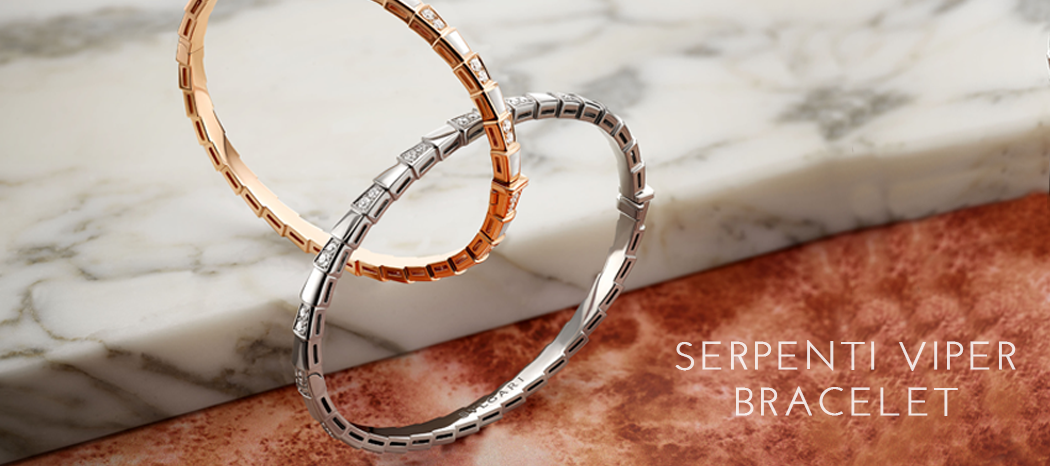
While tracing their history, a stunning discovery was made – most of these jewellery brands actually started out as watchmakers either from the beginning or rather early on. Tiffany & Co., Chopard, Cartier, and even Bvlgari, they all dabbled in watchmaking before they rebranded themselves as luxury jewellery companies.
When it came to Tiffany’s, their history in horology has been rather seamless, from their advent in 1847 when they started making watches, to the booming success these watches attained in 1874, requiring them to expand their department.
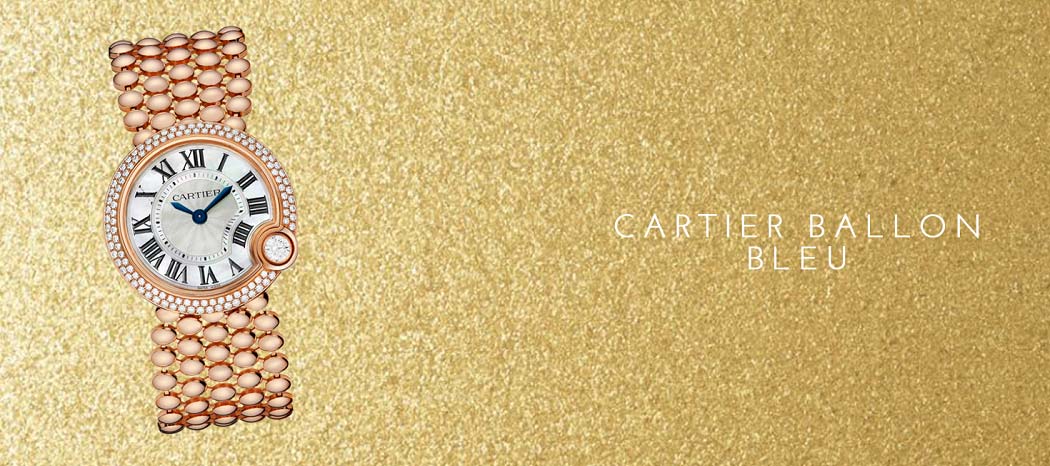
Cartier’s involvement, too, has been similar when it comes to watchmaking. Founded in 1847, the brand went on to establish itself as a jewellery brand that gradually expanded to watchmaking in 1874. Chopard’s trajectory is slightly different, given that its advent into the jewellery business was rather delayed. The company’s founder, Louis-Ulysse Chopard, was a Swiss watchmaker who established his L.U.C manufacturing company in 1860, in Sonvilier. It was in the 1980s that the company diversified into making sports watches for men and diamond jewellery for women. In contrast to Chopard, Bvlgari entered the watchmaking space rather late. In 1977, it entered the world of Haute Horlogerie with the launch of the BVLGARI BVLGARI watch.
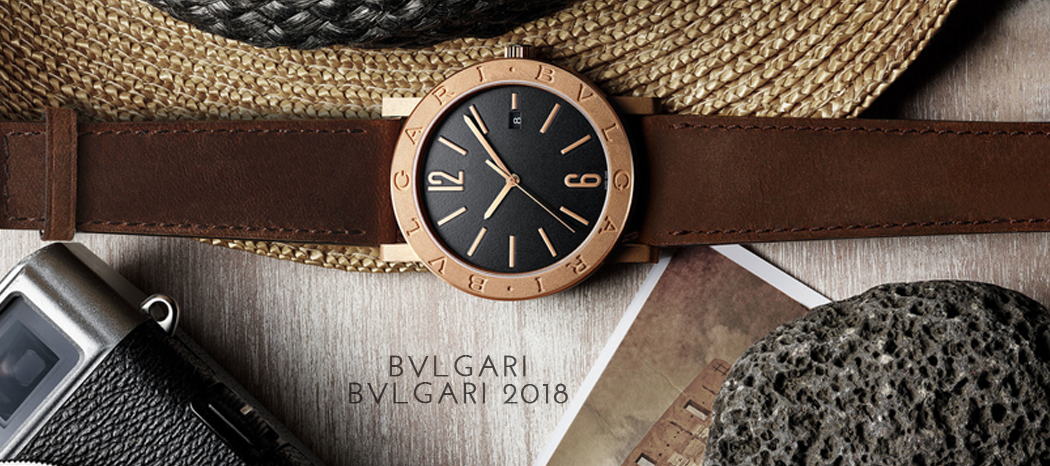
And of course, who doesn’t know about the Bulgari Serpenti?
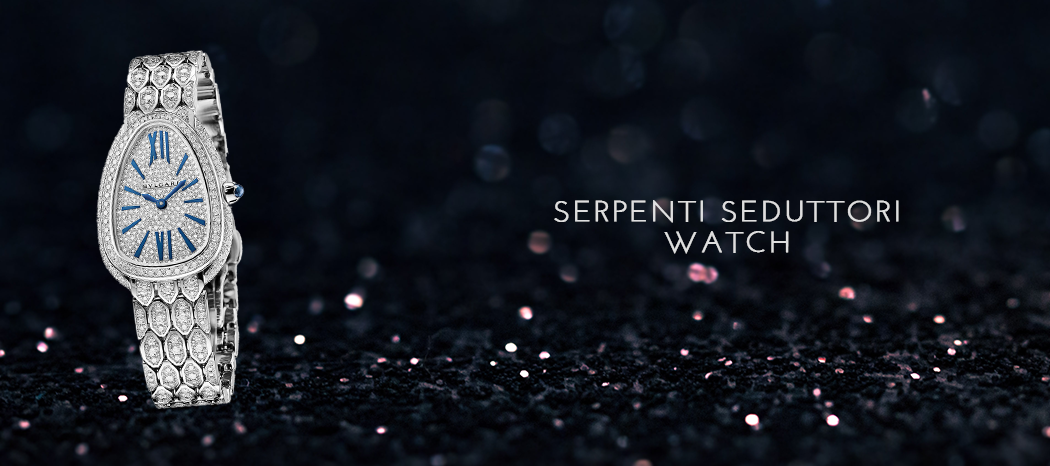
There are, however, other jewellery brands like Harry Winston, Piaget, and Buccellati that entered into the quintessential watch market years later. This shift can be attributed to the fact that it became common for jewellery brands to make watches too, given that the timepieces were now a statement of fashion and class. However, this was also an attempt to keep up with their competitors who had diversified their products from the get-go.

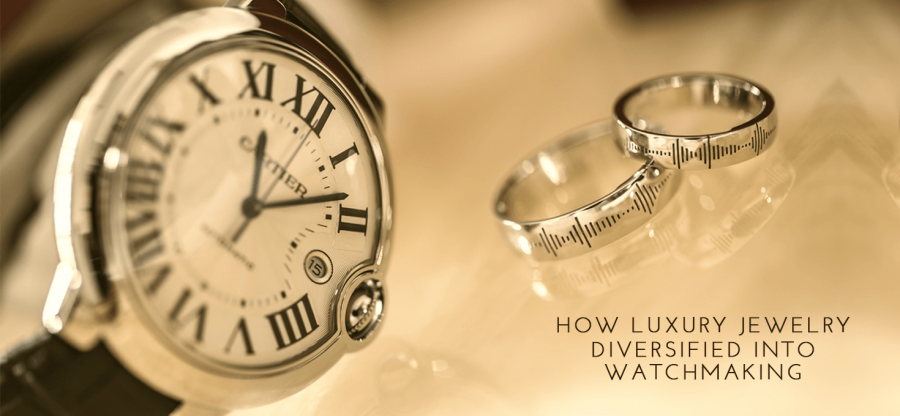
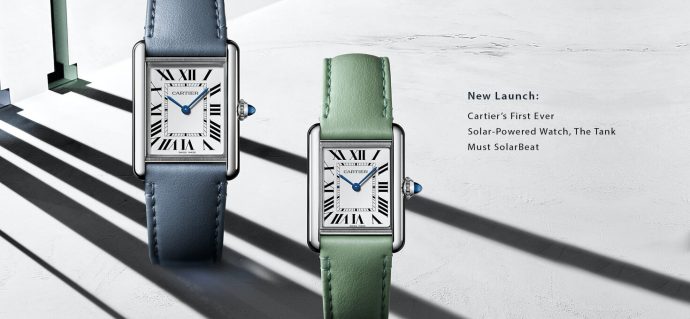
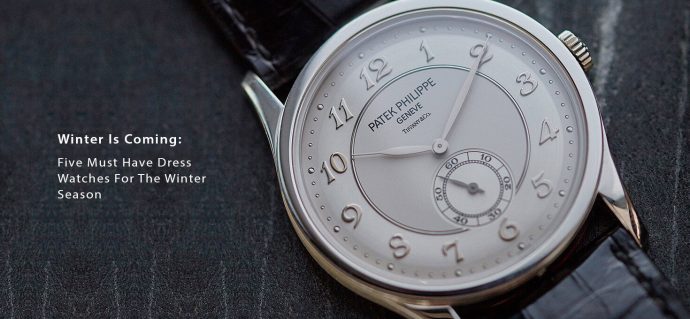
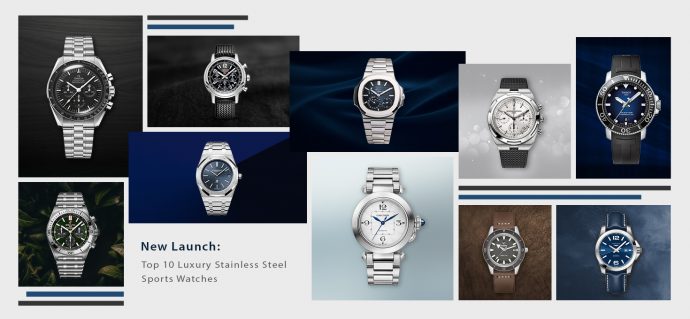
Recent Posts
Recent Comments
Archives